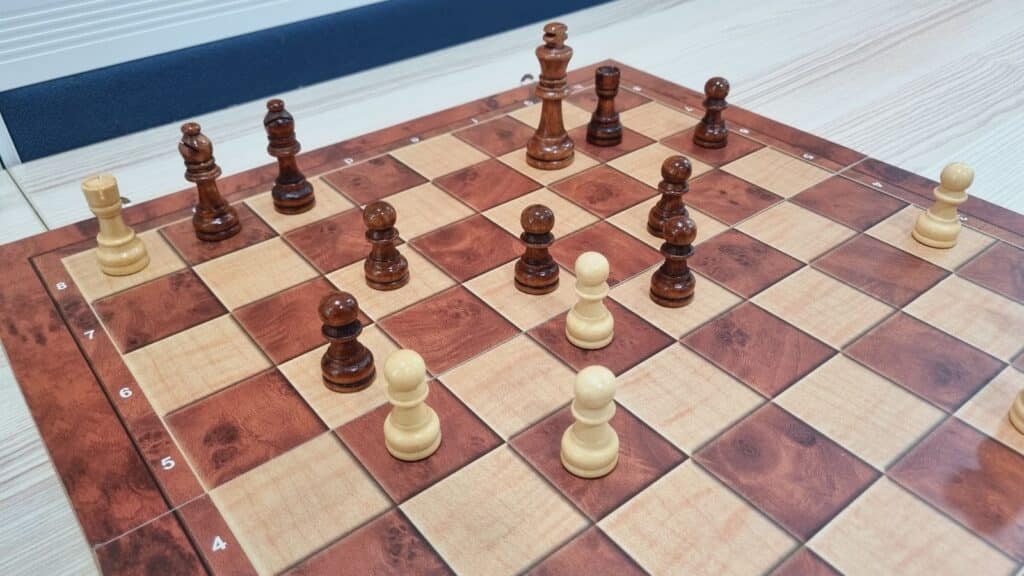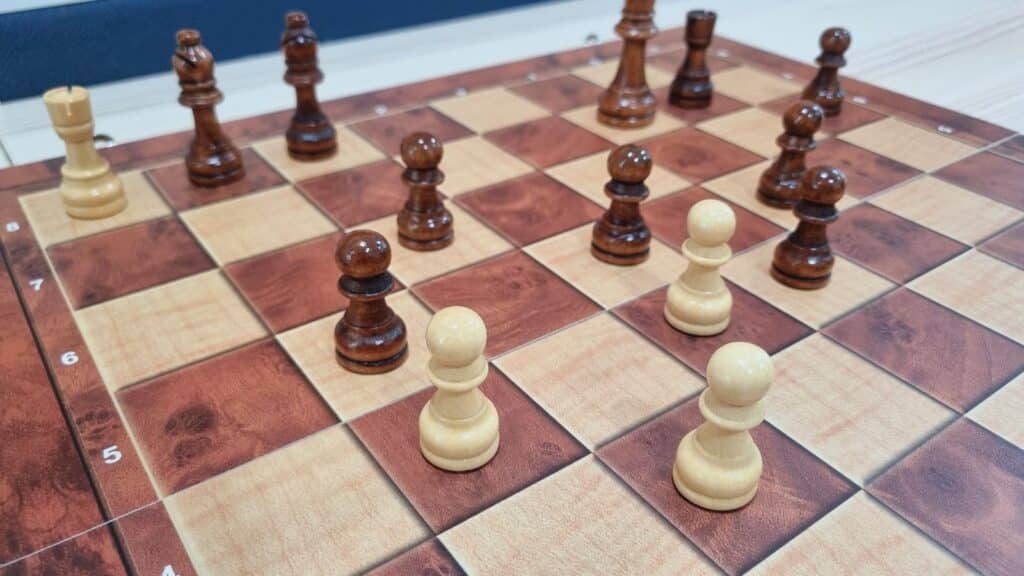
A chess match can, depending on the position of the pieces, reach an open, semi-open, or even closed position. The three different positions have their particularities but also share a few generalities.
Considering that these positions are mostly defined by the amount of room pieces have to move at that given stage, the position has to do with a few aspects.
The main aspects related to the position of a chess match are pieces, plans, and speed. That is to say, which pieces should be more enabled, which combinations should bear the best fruits, and how much time players should dedicate to this stage of the game.
What Are The Positions In Chess?
The three possible positions in chess matches are open, semi-open, and closed.
In an open position, the center of the board is not taken by pawns, and the stronger pieces should be able to freely move around.
In a semi-open position, there should be a certain wall formation on the center of the board, and not all the stronger pieces should have enough room to change the situation.
The closed position, lastly, is the one in which the pawns form a wall on the center of the board, and some of the stronger pieces have no room to move whatsoever.
While closing the position in quick-chess games is sought as a strategic advantage, in most official matches, it is rarely seen. That is mainly because a closed position is not advantageous to any of the sides.
It normally locks the board and turns the game into a dragged dispute battled with weaker weapons since only the knights are able to jump over other pieces.
Additionally, depending on the first move players opt for, a central battle may already start to show up in the early stages of the game. The classic d4 d5 start, for one, due to the fact that the moved pawns are protected by their queens, is a fair promoter of the central wall formation.
However, except for time, it is highly unlikely that a player intentionally moves to set the central wall.
Closed Position In Chess
The closed position reduces the mobility of the pieces, and since it only happens when the pawn walls face each other in the center of the board, the majority of the pieces still haven’t been captured.
Should that happen, the best idea should be to either work the knights and have them jump over pieces to capture the opponent´s material or simply trade pawns.
Ideally, when trading pieces to get the game out of a closed position, players should aim to lose as little power as possible while capturing the opponent’s strongest pieces.
Once the central wall of pawns is broken, the stronger pieces that were stuck on the back of the board gain room to move and become able to take part in the battle.
So, choose carefully the pieces you yield and save the strongest ones for the endgame.


